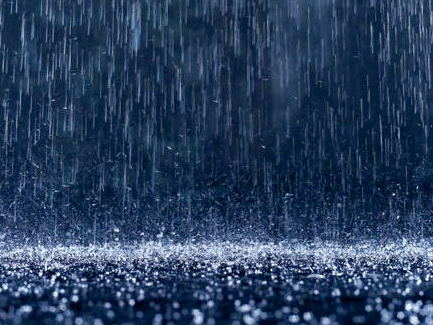Heavy rains to persist

 Elita Chikwati Agriculture Reporter
Elita Chikwati Agriculture Reporter
Some parts of the country have received high rainfall in line with the forecast given by the Meteorological Services Department, while a decline in rainfall is expected to start next week. The MSD said the El Nino would continue until March next year and the bulk of the country would still be within the below normal rainfall category. MSD head of public weather service, Mr Tich Zinyemba, yesterday said Kadoma received 144 mm in 24 hours on Thursday, while Rusape received 76 mm.
“This is the reason why we issued warnings of potential risk of flooding. Mhondoro Ngezi received 57 mm, while Harare received between 30 and 50mm within 24 hours on Thursday,” he said.
He said wet weather conditions were expected to continue into next week especially for Mashonaland provinces and Manicaland, while there would not be significant rains in Matabeleland and Masvingo.
“From Sunday into Monday rainfall activities will be confined to Mashonaland and Manicaland and some parts of Midlands. We are having reports of extreme weather conditions such as severe winds in Chinhoyi that destroyed properties,” he said.
Mr Zinyemba said the department was yet to start conducting cloud seeding as they were having logistic challenges. “Some of the resources have not been released. We are yet to get $500 000 required for the operation,” he said.
MSD principal meteorologist, Mrs Linia Gopo, said the rainfall season normally started in October and ended in March, but this year it was going to be short; having started in December and ending in February.
She said Region One comprising Harare, most parts of Mashonaland West, Mashonaland Central, north eastern parts of Midlands and parts of Manicaland had been forecast to receive normal to above normal rainfall, but this has since changed to normal to below normal rainfall.
“To date we have had some areas receiving very high rainfalls in 24 hours, while some areas have received little cumulative rainfall since December 1 to December 16,” she said. Mrs Gopo said Beitbridge received 104 mm, Gweru 101 mm, Chimanimani 85 mm, Bikita 81,5 mm, Guruve 80,8 mm and Victoria falls 58 mm.
“Receiving rainfall, which is 50 mm and above in 24 hours can translate into flash floods,” she said.
“From December1 some areas have received accumulated high rainfalls. Victoria Falls has received 278 mm, Bikita 199 mm, Chivhu 197,7 mm, Gweru 173,4 mm Chakari 157 mm. “Lowest cumulative rainfall have been recorded in Esigodini 24,8 mm, Mhondoro Ngezi 35,4 mm and Khami 36,7 mm since December 1 to December 16,” she said.
Zimbabwe has been experiencing erratic rainfall for the past years and this has been attributed to climate change.










Comments